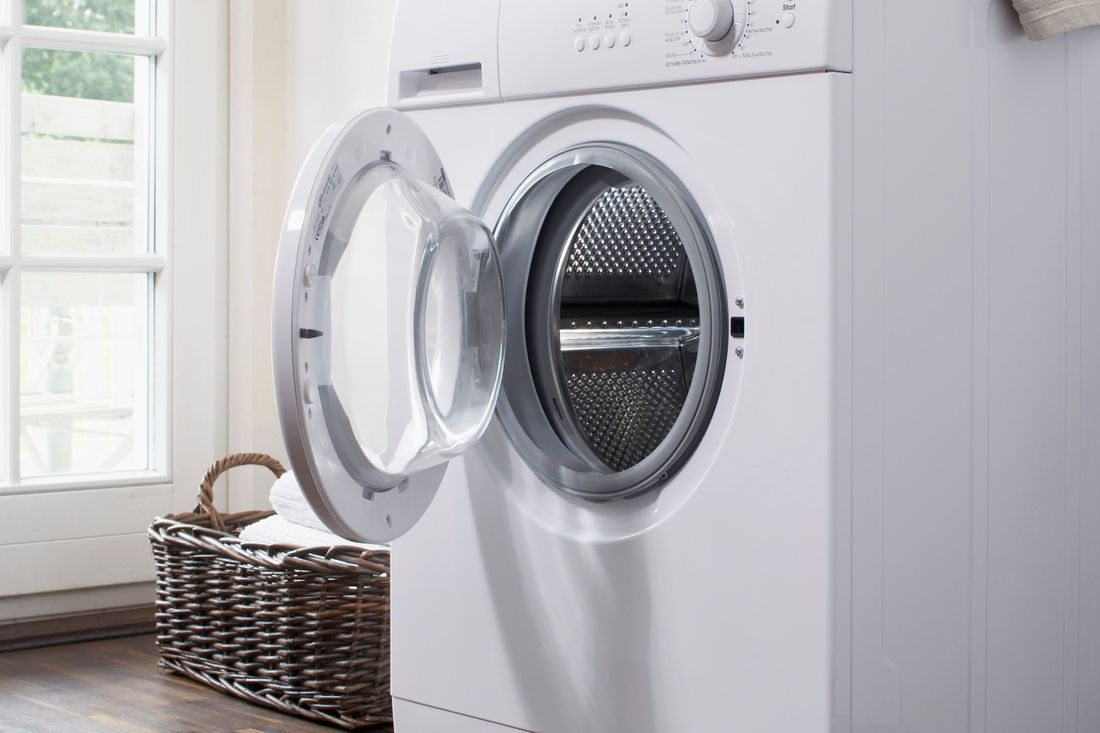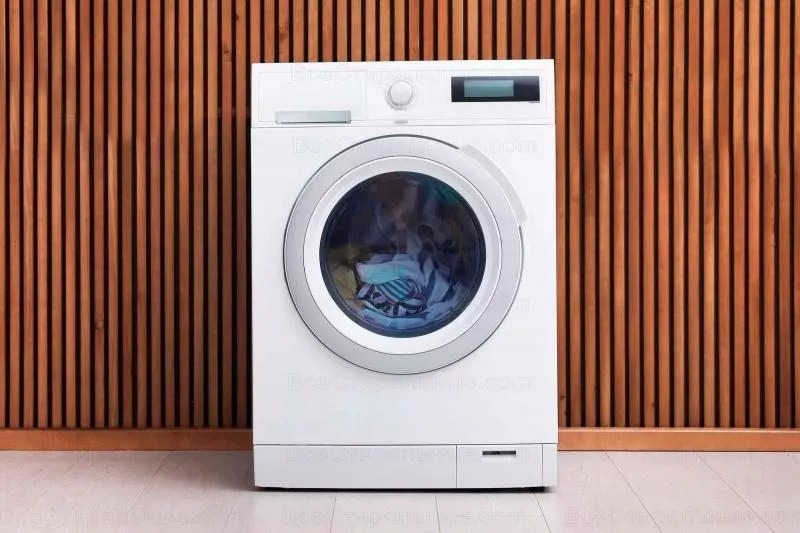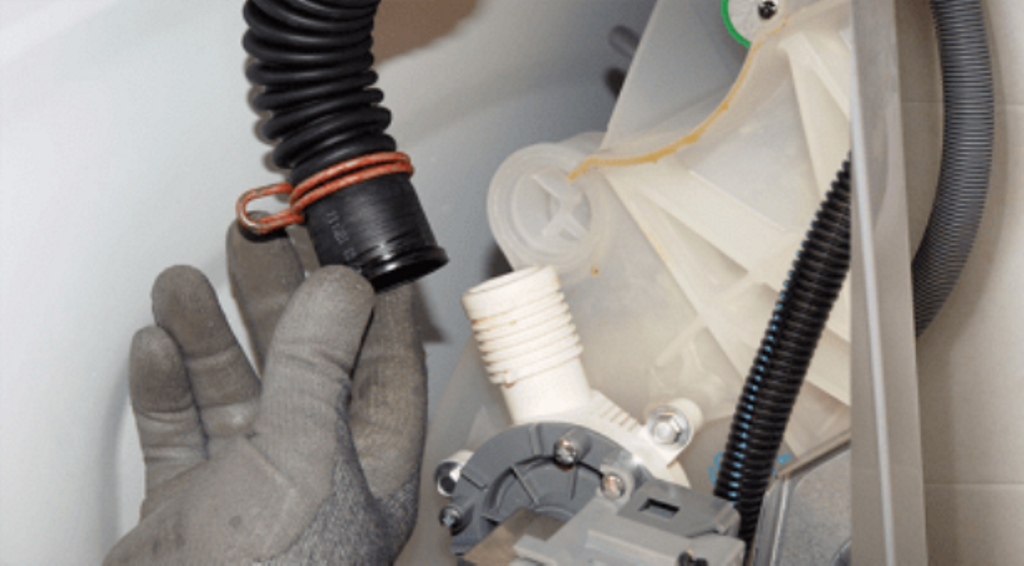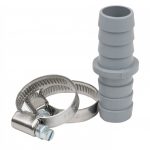Extending the drain hose of the washing machine
Household appliances are a helper and a savior in homework. Washing or rinsing by hand is not your favorite activity if you don't have a washing machine. But the process becomes much sadder if it has broken or has not yet been installed.

- How to connect a drain pipe in a washing machine (connection instructions)
- How to lengthen the drain hose
- How to make a replacement
- What happens if the hose is connected incorrectly
- How to prevent clogging of the drain system
- Cleaning the drain hose
- Inlet hose for washing machine
- Video: how to lengthen the drain hose of the washing machine
How to connect a drain pipe in a washing machine (connection instructions)
Not everyone buys new equipment with an information sheet and connection recommendations. Such a category of users would like to wish to familiarize themselves at least on the Internet with the rules on how to connect correctly.

In the set of each washing machine, the manufacturer provides instructions for installation and operation.

How to lengthen the drain hose
When buying equipment and choosing a place for it, the question of the length of the drain hose is the least worried about. But as soon as you get down to work, you notice that you cannot arrange everything properly. Therefore, you have to build up or think about how to lengthen the drain hose of the washing machine yourself.

Tools needed for lengthening:
- Roulette
- Clamps, size 16 by 27 mm.
- Connector. It may have a mismatch in the diameter of the pipes with the hose. This is not critical.
- Extension hose
- Screwdriver
The tools are sold at hardware stores. After collecting the complete set of instruments, start by measuring the length that is missing. The tape measure should not be pulled from the sewer to the pipe, besides, leave centimeters in reserve. Too long a hose is also not worth doing, as this will put an additional load on the pump.

Building process:
- Put on the clamps.
- Insert the connector.
- Connect.
- Take a screwdriver and tighten the clamps with it. Do not overdo it with the pulling force.

After all the work done, the hose can be connected to the sewer, into a siphon with an additional compartment, or lowered into the plumbing. Check for leaks.

How to make a replacement
The drain hose is included with the machine. Replacement is needed in such cases:
- The length of the washing machine hose is short.
- The lengthening option does not suit the owner of the car, since there is a high risk of leakage.
- High clogging rate.
- Mechanically damaged.

You can make a hose replacement with your own hands. But first, tackle the issue of choosing the right replacement. There are three options to choose from: modular with parts of 50-55 cm; standard length from 1 to 5 meters; compressed - up to 1.5 meters.

Each manufacturer has its own hose removal system.
What happens if the hose is connected incorrectly
With the wrong connection of any system, any technique, nothing good can be expected. Minor annoyances at best. And at worst - the disgusting quality of work, which entails additional problems.

The most common problem is incorrect height. Manufacturers indicate in black and white in their information sheets that the installation of the drain hose should be at least 60 centimeters from the floor. If you disobey this advice: the machine will constantly collect water, and it will simply flow out.

Another type of problem is the siphon effect. Even if the level of the drain hose fixing is correct. But the fastening of the drain hose of the washing machine is made into the sewer almost near the floor. Trouble: long wash times, poor wash quality. During the use of the sewage system by the residents of the house, a rarefied pressure will be formed in the pipe. This pressure is enough for the water to be pumped out through the hose. The washer at this moment will not stop the work, but will simply pick it up. So the whole process will drag on for an hour or hours of washing.

How to prevent clogging of the drain system
The easiest way to fix the problem is to prevent it. Therefore, before loading a wash, do a detailed inspection of all things. Eliminate small parts from pockets, you can shake the item. Fasten all locks and tie your laces.

Some of the causes of clogging:
- the machine turns off when switching to "spin";
- does not fully rinse.
- a program crash appeared;
- water discharge has decreased in speed.

The prevention method is filtering. It can be attached to the hose prior to installation of the structure. Be sure to take time once a month to inspect the condition of the drain.

Cleaning the drain hose
The drain hose of the washing machine sooner or later becomes clogged. It is necessary to clean it qualitatively so that the further operation of the machine is as flawless as before the clogging.

There are 4 cleaning methods:
- Call a home appliance service technician. This is a reliable but expensive method.
- Universal. Household chemical stores have many different products in stock for cleaning the drain system. Performing work with them is simple. It is necessary to pour or pour the product into the powder compartment and turn on the machine for the maximum washing mode. Do not turn on the spin mode. Spin with an empty drum, loosens it.
- People's. Craftsmen recommend pouring citric acid (200 g) into the powder container and turning on the maximum washing mode, also without spinning. This and the previous method will do well with plaque. But they are powerless against pollution: animal hair, hair, small objects.
- Mechanical method. You will need a Kevlar cable for cleaning. It is better not to use a mechanical cable, as there is a risk of damage to the hose. After removing the hose, the kevral cable, with a brush forward, insert it into the hose from one and the other side. Perform cleaning. Flush the pipe with water. Look at the condition of the tube for the presence of wool, hair, small objects.As a result, the machine is assembled and the wash without spinning starts.
Each of the methods of independent work is possible provided that the work is done carefully.
Inlet hose for washing machine
For the washing process, it is necessary for the equipment to collect water itself. In this she is helped by the fence system and the filler element. They can be:
- Rubber plumbing
- Reinforced (the same rubber, but protected from metal or nylon)
- With the "Autostop" system. Helps with an unexpected pipe break - rarely cuts off the fluid supply.
Each of them has its own service life and its own capabilities. The most reliable is rubber. When choosing this type of tube, pay attention to its length, which is important, what temperature it can withstand, and what working pressure it can handle.

The inlet hose also requires certain rules during installation. Some experts recommend installing an additional filter in it, which will soften the water and protect the equipment from damage.
Video: how to lengthen the drain hose of the washing machine













